Most pet parents understand the importance of dog training. Canines may be adorable, but they need a lot of support and guidance to become the kind of calm, connected companion we all hope for. They have to learn basic cues like “sit” and “lay down,” and they need to be taught how to behave in different situations.
But training is not just about teaching your pooch how to coexist in a human-centric world; it’s also about fostering a strong and healthy relationship with their person (or people). And it does this in several important ways, which I’ll lay out below.
1. Training helps foster effective communication.
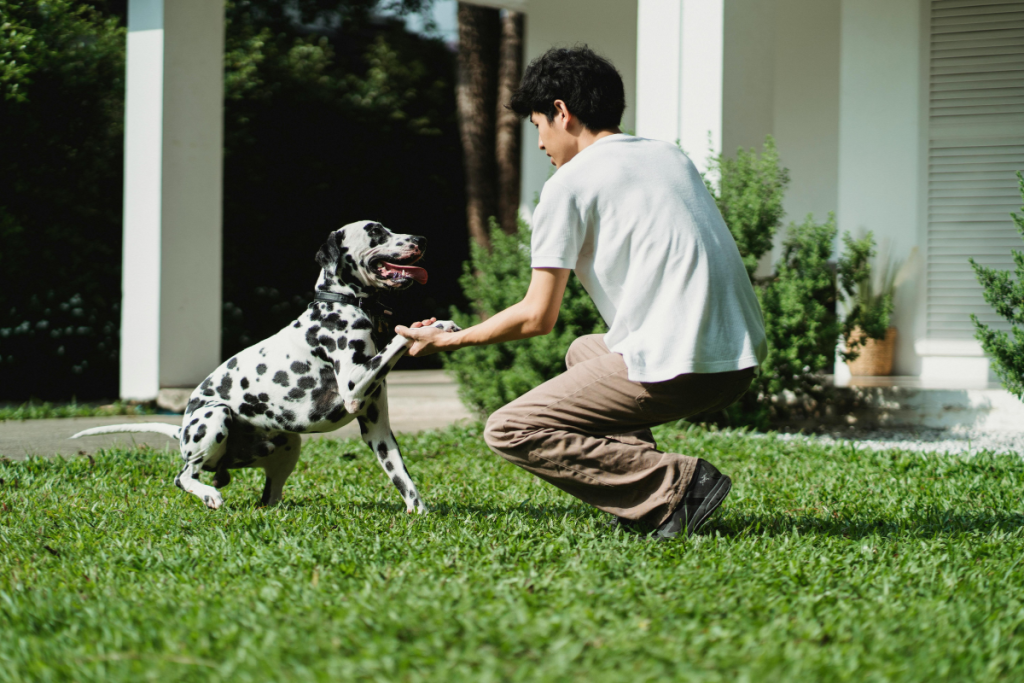
Training is about more than just compliance; it’s also about building mutual understanding between you and your dog. In fact, training gives you a shared language that helps both of you navigate the world more smoothly.
During sessions, you’ll learn how to recognize and reward behaviors you want to see more of. Meanwhile, your pup will start to associate certain actions with positive outcomes. Over time, they’ll learn how you communicate what you want, which will make it easier to learn new things in the future.
Just as importantly, training helps you understand your dog better. You’ll get more skilled at reading their body language, noticing signs of stress, focus, excitement, and uncertainty. This will help make you a better, more connected guide for your pet.
2. Training will help keep your canine calmer.
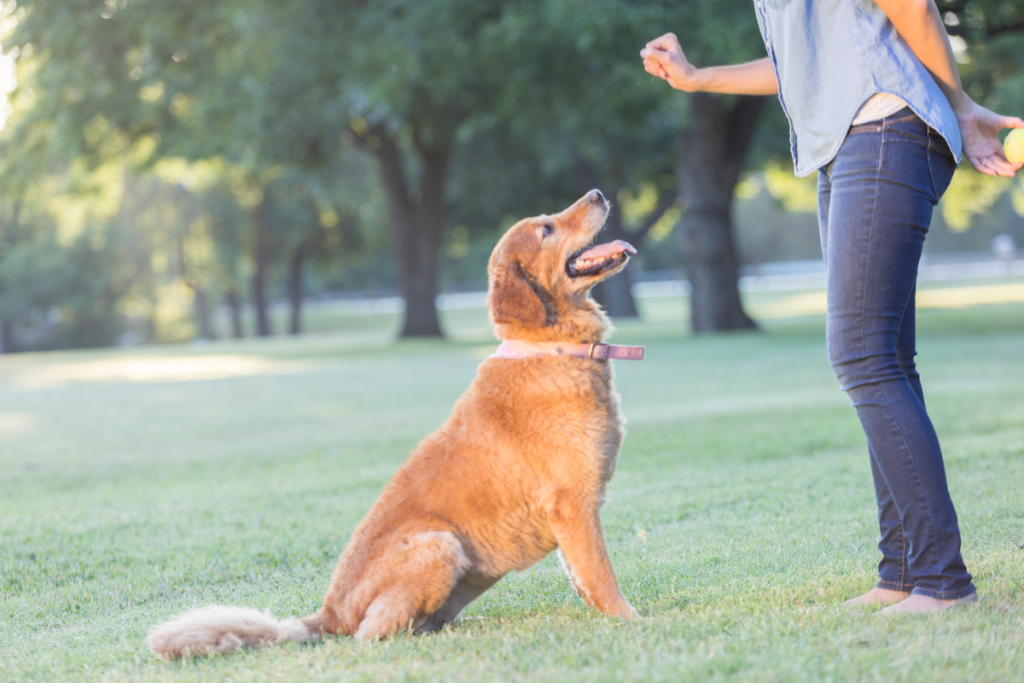
If your dog seems to bounce off the walls from sunup to sundown, you’re not alone. Many pet parents (especially first-time dog guardians) struggle to help their pup settle down. Fortunately, training doesn’t just improve behavior; it helps calm the chaos too.
Part of the reason it works is because training provides mental stimulation and structure, which will help your dog feel more relaxed after each session. But more importantly, training sets clear expectations — something dogs need to feel secure.
Consistent, predictable training sessions help to reduce the uncertainty your dog feels. That reduces stress, leading to fewer outbursts and a calmer state of mind. And this feeling of calm will usually ripple through your entire household, resulting in less frustration for everyone. Instead, you’ll have more peaceful mornings and easier evenings.
3. Training helps to build trust with your dog.
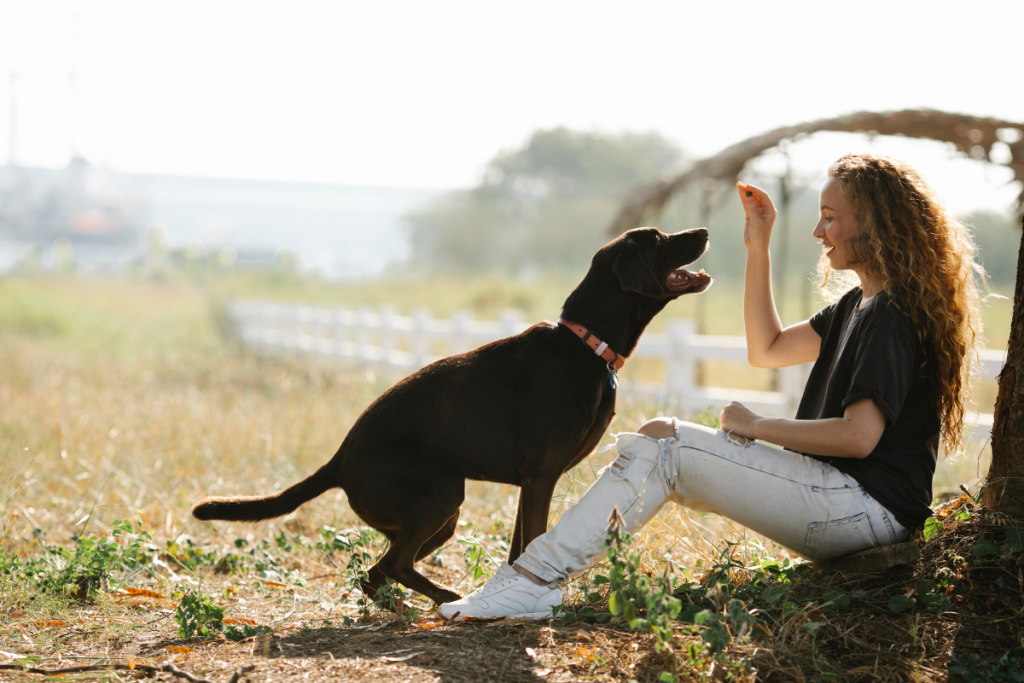
Trust doesn’t just happen. You have to build it over time through consistent, compassionate interactions. And few things build trust more effectively than training.
When you treat your dog with patience, clarity, and fairness, they begin to understand that you’re someone they can rely on. They learn that your cues mean something, that rewards come from making good choices, and that mistakes don’t lead to punishment or confusion. Over time, that consistency helps your dog feel safe, which is the foundation of trust.
You’ll start to see it in everyday moments. Your dog will start checking in with you during walks, waiting for your direction when something new appears, or choosing to stay close while in unfamiliar places — all signs of trust.
But here’s the beautiful part: Trust isn’t one-sided. As your dog becomes more responsive, more regulated, and more predictable, you start to trust them more too. That mutual trust creates a feedback loop that’ll deepen your bond and make daily life more fun.
4. Training creates lasting confidence.
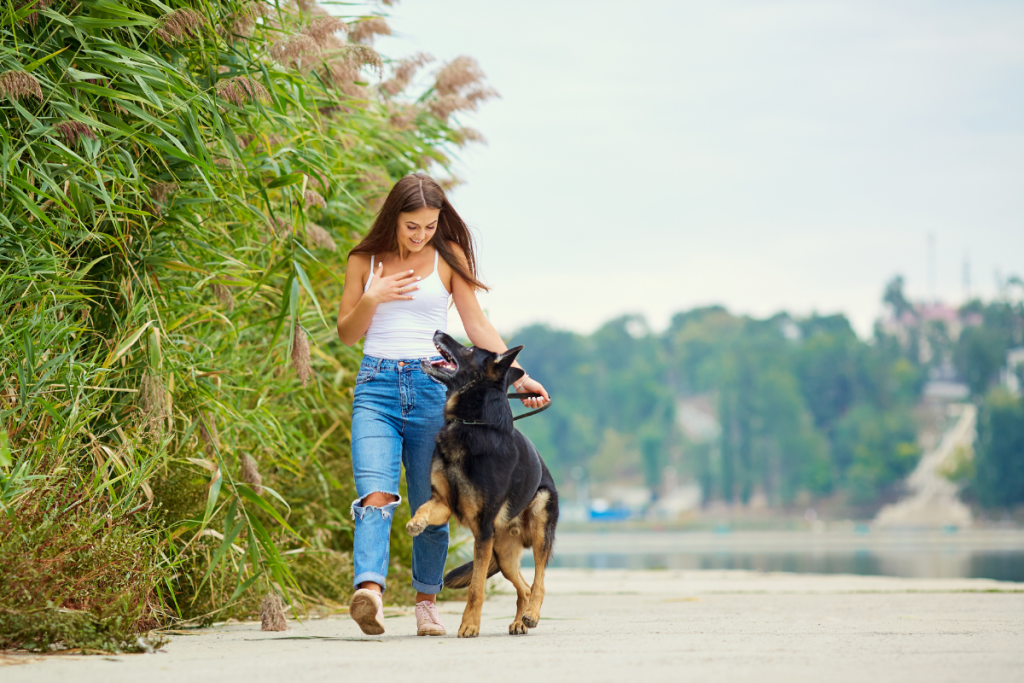
Dogs aren’t born with confidence. They have to build it over time by accumulating experiences. Training provides the perfect environment for this kind of growth. Every time your dog succeeds at a task (no matter how small) and receives positive feedback from you, they get a little more sure of themselves.
They also become a little more willing to try again next time. Whether it’s mastering a new cue, walking calmly past a barking dog, or staying focused in a busy environment, these small wins add up. With each success, your dog learns, “I can handle this. I know what’s expected. I’ve done it before.”
That kind of self-assurance carries over into the rest of their life, from neighborhood walks to vet visits to family get-togethers. And by helping your dog build confidence, you’ll not only make daily life easier but also deepen the connection between you and your pup.
5. Training helps YOU feel less stress and more joy.
Training can certainly help change your dog’s behavior, but it can also help transform your daily life. Before training, many pet parents feel overwhelmed by constant leash pulling, nuisance barking, and the general stress of managing a dog who just won’t settle down.
It can feel like your whole day revolves around solving problems rather than enjoying time with your pup
But as your dog begins to respond to cues and settle into new routines, that pressure will start to dissolve. You’ll no longer have to brace yourself for every walk or apologize to every visitor. Instead, you start to enjoy more relaxed outings and quieter evenings at home. And this will all start to help you feel more confident.
In a way, training will reframe your entire relationship. Instead of spending your days trying to correct undesirable behaviors, you’ll start to spend more time building a happy life together. You’ll start to celebrate the little wins, when your dog exhibits perfect recall or greets a visitor calmly. And these things will help remind you why you wanted a dog in the first place!
Start Strengthening the Bond with Your Pet Now!
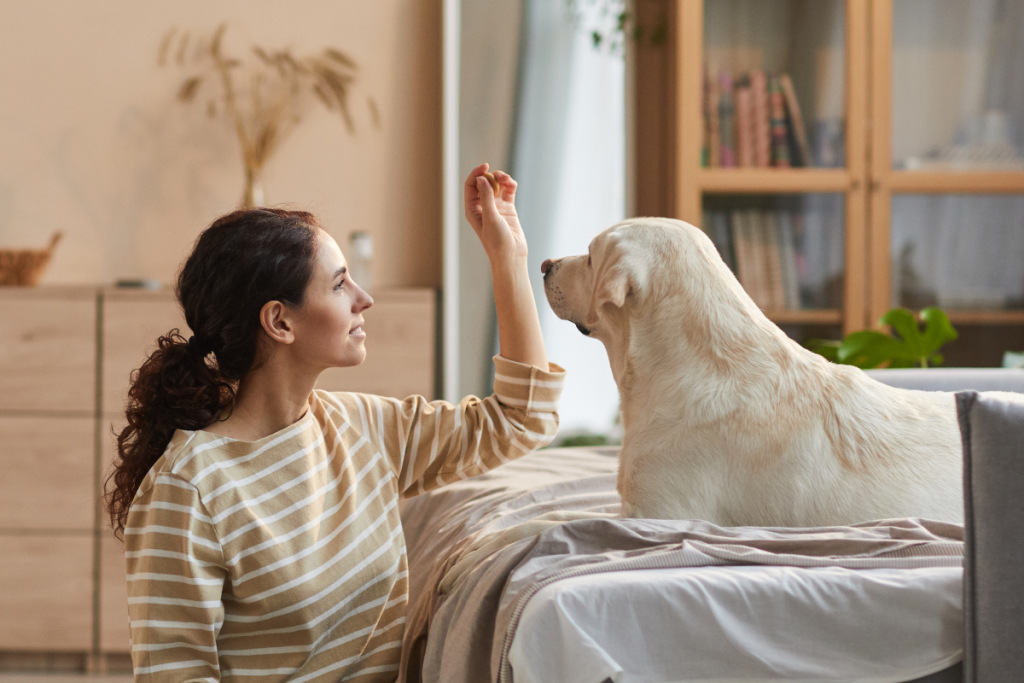
As you can see, training is about a lot more than just teaching your dog to sit or stop pulling on the leash; it’s part of an overall strategy for creating a healthy, happy, and harmonious relationship with your four-footer. Best of all, you’ll often see these kinds of benefits after only a few sessions.
If you’d like to take the next step and start enjoying a better relationship with your pupper, head over to my contact page and tell me about your dog. You can also check out my private dog training page or my ”about me” page to learn more about my approach, pricing, and the packages available

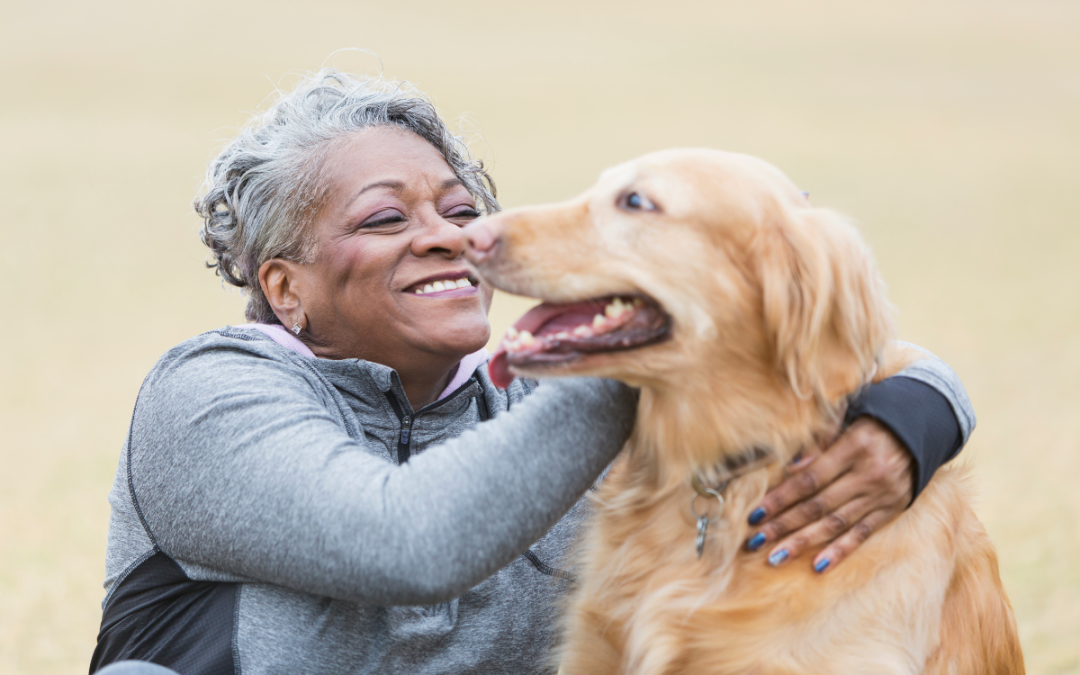
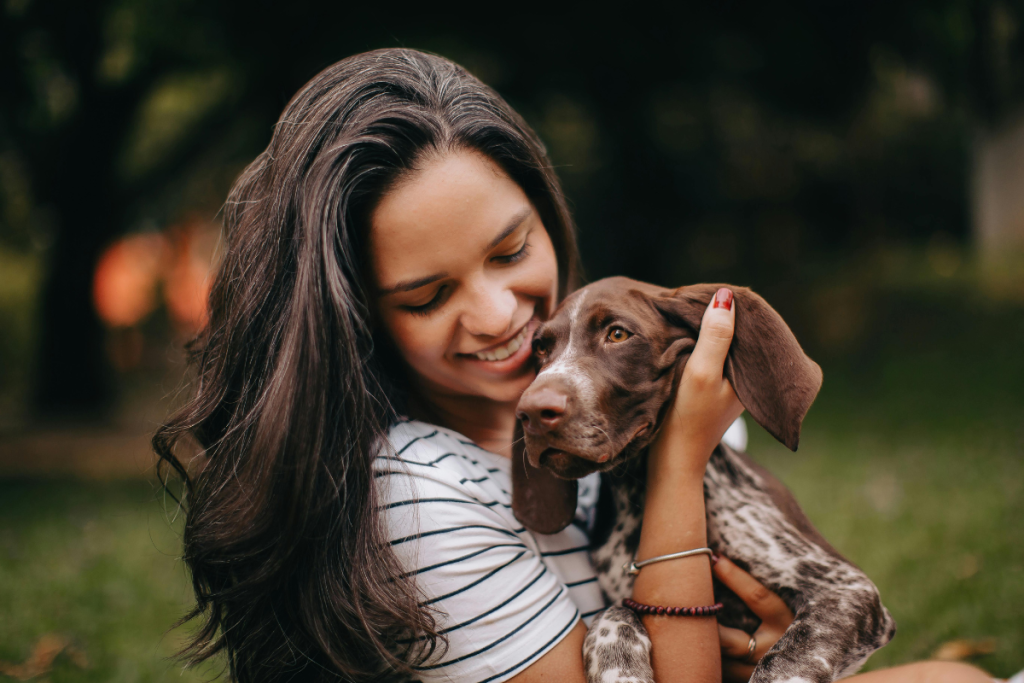
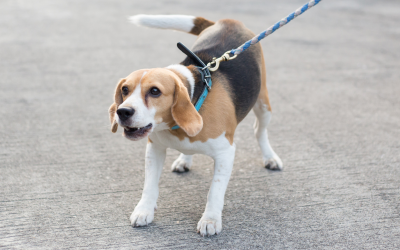

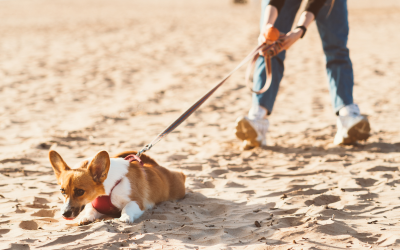
Recent Comments